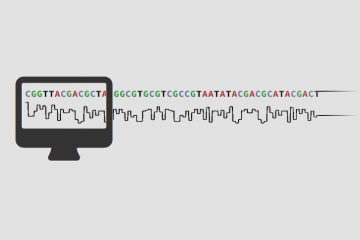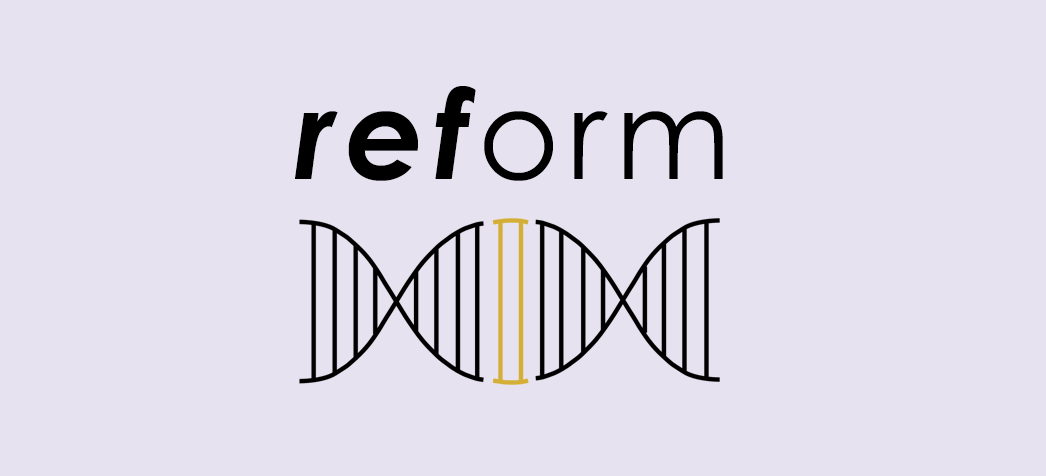Bioinformatics
Analyze your Data Faster with NASQAR: Nucleic Acid SeQuence Analysis Resource
The bioinformatics team at the NYU Center for Genomics and Systems Biology in Abu Dhabi and New York have recently developed NASQAR (Nucleic Acid SeQuence Analysis Resource), a web-based platform providing an intuitive interface to popular R-based bioinformatics data analysis Read more…









